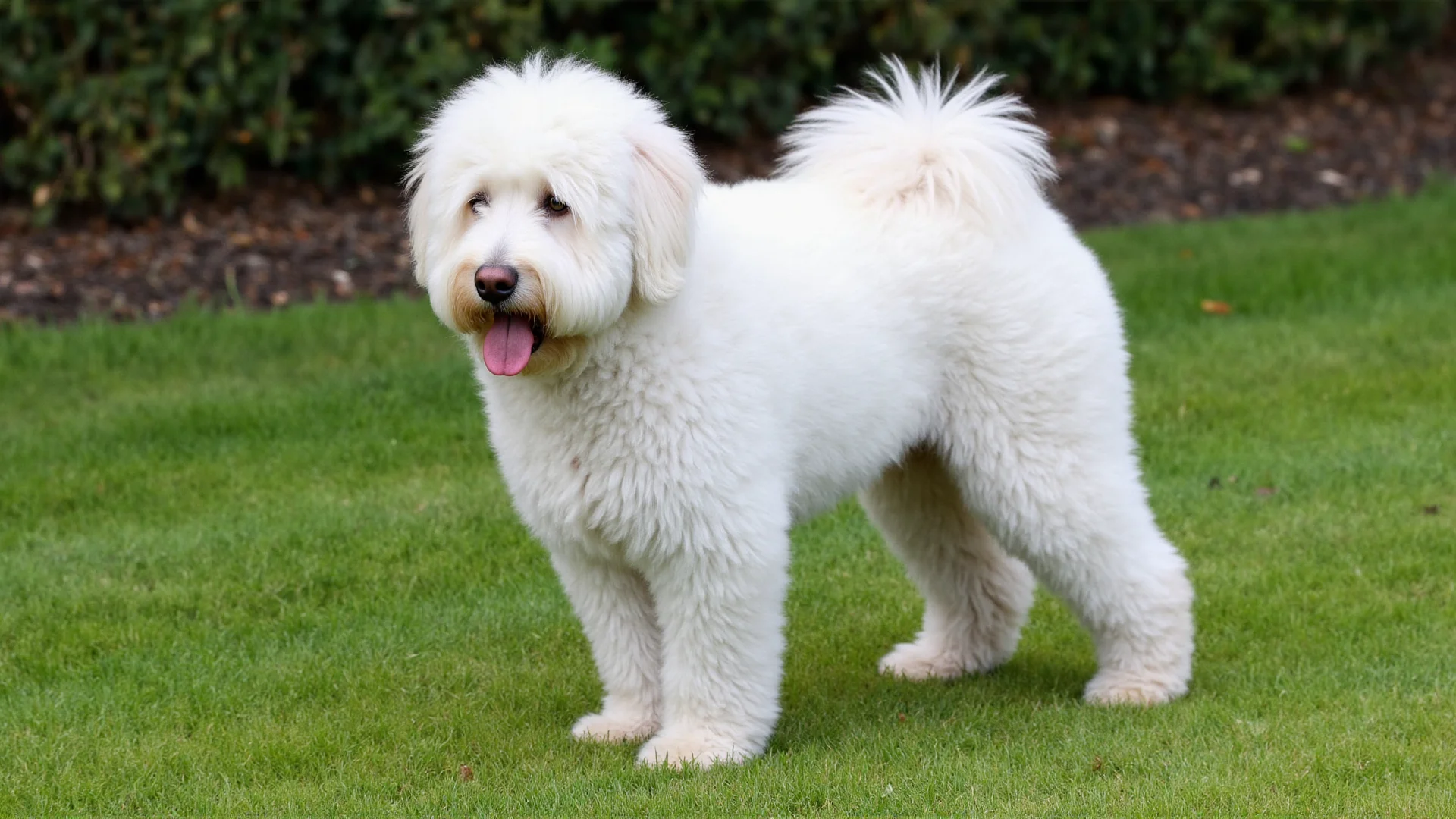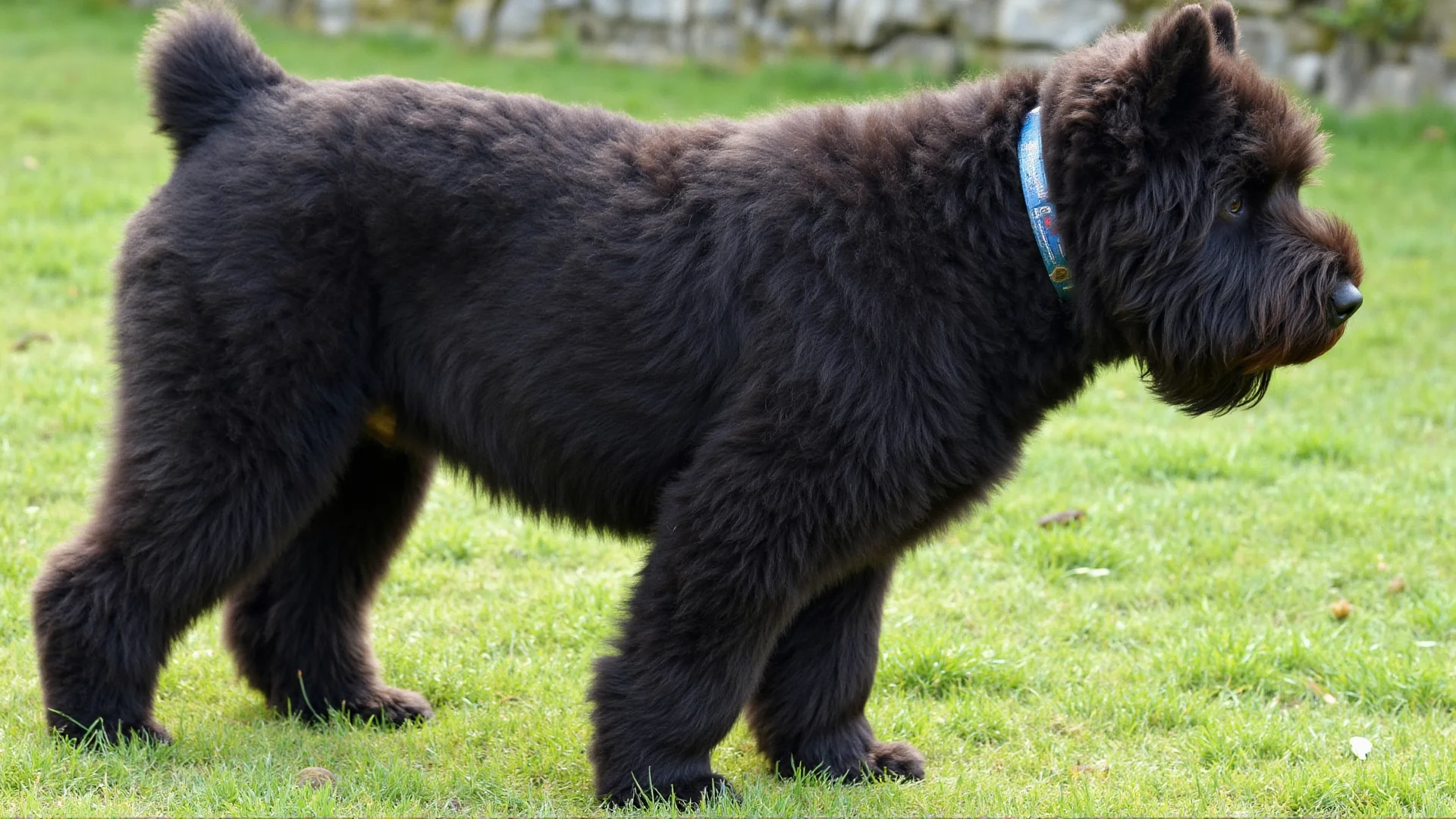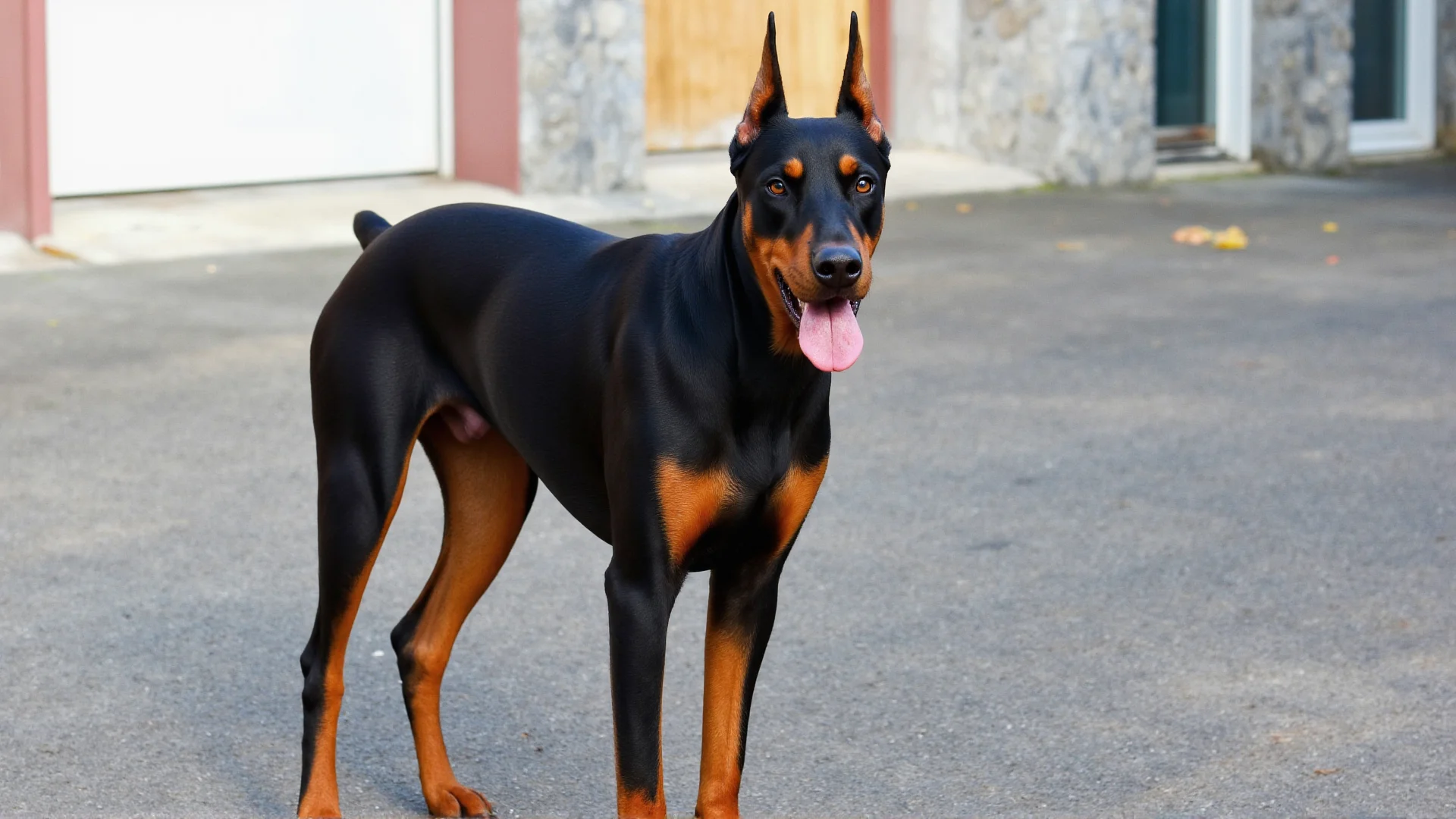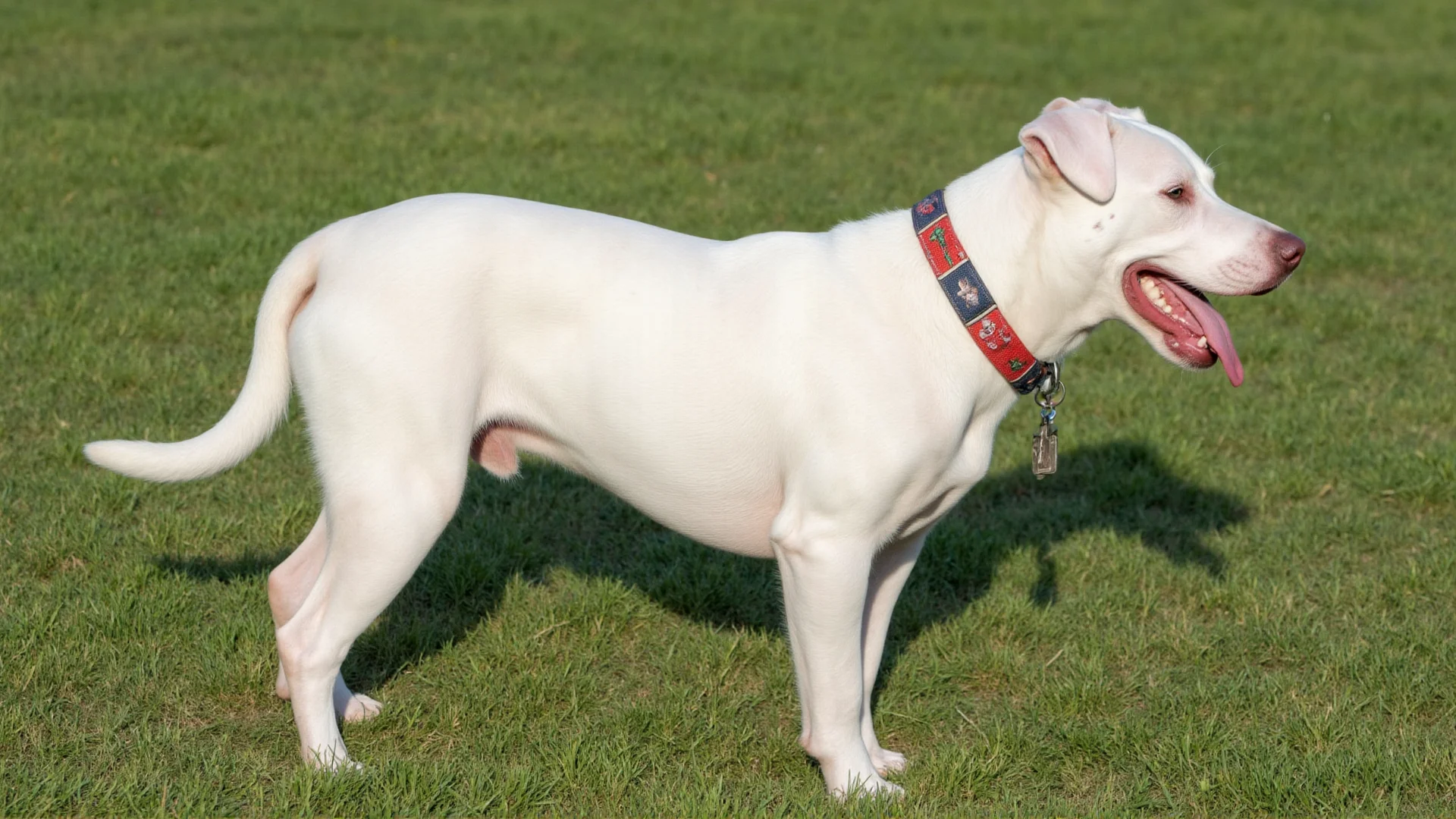The Komondor: Hungary's Legendary Guardian - A Complete Working Dog Guide
With their unmistakable mop-like appearance and imposing presence, the Komondor stands as one of the world's most distinctive working dogs. This ancient Hungarian breed has been protecting livestock for over a thousand years, earning their place as one of the most respected guardian breeds in the world. If you're considering welcoming a Komondor into your life, understanding their working heritage and unique requirements is essential.
Ancient Origins and Working Heritage
The Komondor's history stretches back to the 9th century when Magyar tribes brought these magnificent guardians to the Hungarian plains. Bred specifically for livestock protection, these dogs were designed to blend in with their flock while maintaining constant vigilance against predators.
Their distinctive corded coat serves multiple purposes in their working role. The thick, weather-resistant cords protect them from harsh elements and predator attacks, while the light color allows them to camouflage among sheep. This isn't just a beautiful coat – it's functional armor developed through centuries of selective breeding for working efficiency.
The Guardian Instinct
Unlike herding breeds that move livestock, Komondors are livestock guardian dogs (LGDs) whose primary job is protection. They work independently, making split-second decisions about potential threats without human direction. This independence, while valuable in working situations, requires understanding and respect from modern owners.
Physical Characteristics and Working Traits
Standing 25.5-27.5 inches tall and weighing 80-130 pounds, Komondors are substantial dogs built for endurance and power. Their corded coat, which begins developing around 8-12 months, eventually reaches the ground and requires specialized care.
Key Working Characteristics:
- Territorial Awareness: Exceptional ability to assess and respond to threats
- Weather Resistance: Capable of working in extreme temperatures
- Night Vision: Excellent nocturnal vigilance capabilities
- Stamina: Ability to patrol large areas for extended periods
- Independent Thinking: Makes decisions without constant human guidance
Training the Working Komondor
Training a Komondor requires understanding their working mentality. These dogs were bred to think independently and make decisions, which can translate to stubbornness in pet situations. Successful training focuses on building partnership rather than dominance.
Essential Training Principles:
Early Socialization
Begin socialization immediately, exposing your Komondor to various people, animals, and situations. Their natural protective instincts mean they can become overly suspicious without proper early exposure. Working Komondors need to distinguish between normal activity and genuine threats.
Consistent Leadership
Establish yourself as a calm, consistent leader. Komondors respect fair, firm guidance but will not respond well to harsh correction or inconsistent rules. Their working heritage means they expect clear communication about expectations.
Mental Stimulation
These intelligent working dogs need mental challenges. Provide puzzle toys, training sessions, and opportunities to use their natural problem-solving abilities. A bored Komondor may create their own "work" through destructive behaviors.
Boundary Training
Working Komondors excel when they understand their territory. Whether you have acreage or a suburban yard, clearly define their patrol area and reinforce appropriate guarding behaviors while discouraging excessive territoriality.
Modern Working Roles
While many Komondors today serve as family guardians, some still work in their traditional role protecting livestock. Modern working applications include:
Livestock Protection
On farms and ranches, Komondors continue protecting sheep, goats, and other livestock from predators including coyotes, wolves, and bears. Their presence alone often deters threats, making them cost-effective farm security.
Property Guardian
Their natural territorial instincts make them excellent property guardians for rural homes and acreages. They patrol independently and alert owners to genuine concerns while ignoring routine activities.
Therapy and Service Work
Some Komondors work in specialized therapy roles, where their calm confidence and unique appearance provide comfort and engagement. However, their size and protective instincts limit their suitability for most service work applications.
Care Requirements for Working Dogs
Exercise Needs
Despite their size, Komondors don't require excessive exercise but need regular activity to maintain physical and mental health. Daily walks, secure area patrol time, and interactive play sessions meet their needs. Working dogs often self-regulate their activity levels.
Coat Maintenance
The corded coat requires specialized care. Once cords form, they must be separated regularly to prevent matting. Bathing is infrequent but thorough drying is crucial to prevent skin issues. Working dogs' coats may need less frequent grooming than show dogs but require regular inspection for debris and parasites.
Nutrition for Working Dogs
Active working Komondors need high-quality nutrition appropriate for their activity level. Large breed formulations support joint health, while working dogs may need increased protein and fat content during active seasons.
Health Considerations
Komondors are generally healthy dogs, but potential owners should be aware of breed-specific health concerns:
- Hip Dysplasia: Regular screening important for breeding dogs
- Bloat (GDV): Large, deep-chested dogs are at higher risk
- Eye Conditions: Regular ophthalmologic exams recommended
- Skin Issues: Proper coat care prevents most problems
Working dogs often maintain better physical condition through regular activity, but routine veterinary care remains essential.
Is a Komondor Right for Your Working Needs?
Before acquiring a Komondor for working purposes, honestly assess your situation:
Ideal Working Situations:
- Livestock operations needing predator deterrence
- Rural properties requiring guardian presence
- Experienced dog handlers understanding LGD behavior
- Situations requiring independent working dogs
Challenging Situations:
- Urban environments with close neighbors
- Homes with frequent visitors or delivery personnel
- First-time dog owners
- Situations requiring off-leash obedience in public
Finding Working Quality Komondors
When seeking a Komondor for working purposes, research breeders carefully. Look for those who:
- Health test breeding stock for genetic conditions
- Maintain working bloodlines with proven guardian instincts
- Provide early socialization and exposure
- Offer ongoing support and guidance
- Match puppies to appropriate working situations
Expect to invest 18-24 months in training and development before your Komondor reaches full working capability.
Living with a Working Breed
Komondors maintain their working instincts whether actively working or serving as family guardians. Successful ownership requires understanding and respecting these traits rather than fighting them.
These magnificent dogs offer unwavering loyalty, natural protection, and the satisfaction of working with an ancient breed maintained for specific purposes. Their independence and decision-making abilities make them fascinating companions for those who appreciate working dog mentality.
The Komondor represents the pinnacle of livestock guardian development – a breed refined over centuries to excel at specific working tasks. Whether protecting your livestock, property, or family, these remarkable dogs bring over a thousand years of proven working heritage to their role.
Conclusion
The Komondor stands as a testament to purposeful breeding and working heritage. Their unique appearance, guardian instincts, and independent character make them unsuitable for every situation but perfect for those needing a true working guardian.
Success with a Komondor requires understanding their working nature, providing appropriate training and socialization, and respecting their need for meaningful work – whether protecting livestock or serving as a family guardian. For those prepared to meet their needs, the Komondor offers the rare opportunity to work with one of the world's most distinctive and capable guardian breeds.




